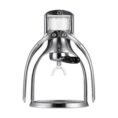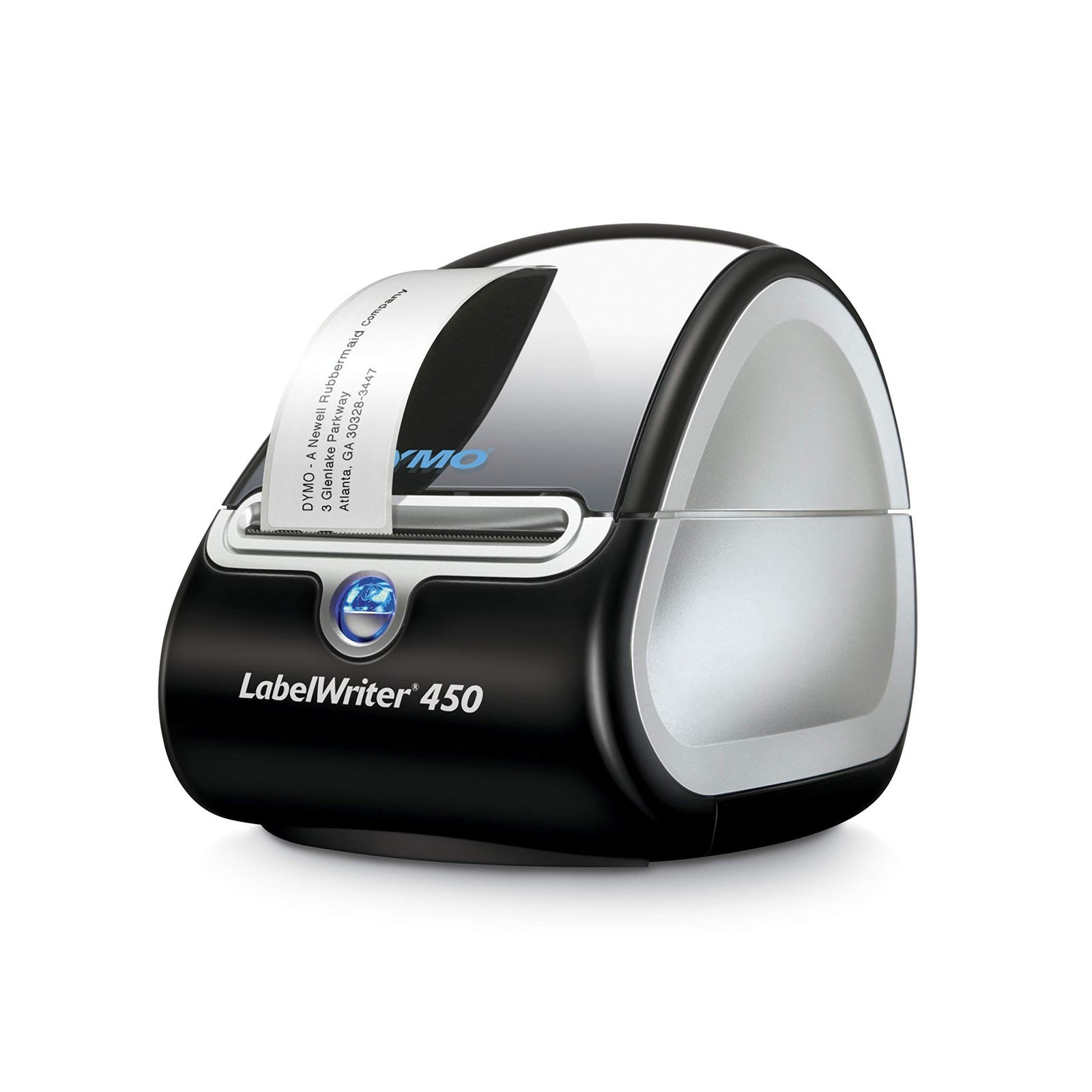In today’s competitive online market, having a webshop isn’t just about selling products. It’s about ensuring those products meet certain standards of quality. Quality control is crucial for e-commerce businesses because it directly affects customer satisfaction and loyalty. This guide will help you understand the importance of quality control and provide practical steps to implement it effectively in your webshop.
Understanding Quality Control
What is Quality Control?
Quality control (QC) refers to the processes and activities that ensure the products you sell meet specific standards. It involves checking the quality of products, services, and processes to identify any defects or issues before they reach customers.
Key Components of Quality Control
Quality control includes three main areas:
- Product Quality: Ensuring the items you sell are of high quality and meet customer expectations.
- Customer Service: Providing excellent service to customers before, during, and after their purchase.
- Operational Efficiency: Streamlining your processes to minimize errors and improve productivity.
The Role of Quality Control in E-commerce
Quality control helps maintain a good reputation for your webshop. When customers receive quality products and services, they are more likely to return and recommend your shop to others.
Setting Quality Standards
Establishing Product Quality Standards
To maintain high-quality products, you need to define what quality means for your webshop. Consider the following:
- Industry Standards: Research any relevant standards or certifications in your product category (e.g., electronics, clothing, etc.). These standards can guide your quality expectations.
- Customer Expectations: Understand what your customers expect from your products. This can be done through surveys or reading reviews of similar products.
Creating Service Quality Standards
Excellent customer service is key to customer satisfaction. Here are some elements to consider:
- Response Time: How quickly do you respond to customer inquiries?
- Problem Resolution: How do you handle customer complaints or issues?
- Politeness: Treating customers with respect and courtesy can significantly enhance their shopping experience.
Supplier and Inventory Management
Supplier Quality Management
Choosing the right suppliers is crucial for maintaining product quality. Here are some tips:
- Evaluate Suppliers: Research potential suppliers by checking their reviews and ratings. Consider visiting their facilities if possible.
- Regular Audits: Conduct regular audits of your suppliers to ensure they meet your quality standards.
Inventory Management Practices
Proper inventory management helps maintain the quality of your products. Consider these practices:
- Optimal Inventory Levels: Keep track of your stock to avoid overstocking or running out of popular items.
- FIFO (First In, First Out): This method ensures that older products are sold before newer ones, reducing the chances of selling expired or outdated products.
Quality Control in Warehousing
Maintaining quality in your warehouse is essential. Regular inspections and audits can help identify any issues with storage conditions or inventory handling.
Product Testing and Quality Assurance
Implementing Product Testing Procedures
Testing your products is a vital part of quality control. Here are some testing methods:
- Functionality Tests: Ensure products work as intended before they are sold.
- Safety Tests: Check for any safety hazards, especially for toys or electronics.
- Durability Tests: Test how well products hold up under regular use.
Quality Assurance Processes
Quality assurance (QA) differs from quality control. QA focuses on preventing defects before they happen. Here are some QA methods:
- Process Audits: Regularly review your processes to identify areas for improvement.
- Compliance Checks: Ensure your products meet all legal and safety requirements.
Monitoring and Evaluating Product Performance
Use tools like surveys or feedback forms to track how well your products perform over time. This information can help you make informed decisions about future products.
Customer Feedback and Continuous Improvement
Establishing a Feedback System
Collecting customer feedback is essential for quality control. Here’s how to do it:
- Surveys: Send out surveys after purchase to gather customer opinions.
- Reviews: Encourage customers to leave reviews on your site or social media.
Analyzing Customer Feedback
Once you gather feedback, analyze it to identify patterns. For instance, if many customers mention a specific product issue, it’s a sign that something needs to change.
Implementing Continuous Improvement Strategies
Continuous improvement means regularly looking for ways to enhance your processes. Here are some strategies:
- Plan-Do-Check-Act (PDCA): A cycle that encourages you to plan improvements, implement them, check results, and act on what you learn.
- Six Sigma: A method that focuses on reducing defects and improving processes through data-driven approaches.
Compliance and Risk Management
Understanding Regulatory Requirements
Every webshop must follow certain laws and regulations to protect consumers. Research the regulations relevant to your products, such as:
- Consumer Protection Laws: Ensure that your products are safe and meet quality standards.
- Data Protection Laws: Safeguard customer information to maintain trust.
Risk Management Strategies
Identify potential risks to product quality and develop strategies to mitigate them. Here are some ideas:
- Insurance: Consider getting product liability insurance to protect your business from potential lawsuits.
- Contingency Planning: Prepare plans for dealing with quality issues, such as product recalls.
Conclusion
In conclusion, ensuring quality control in your webshop is vital for success. By establishing quality standards, managing suppliers and inventory, testing products, gathering customer feedback, and complying with regulations, you can create a trustworthy shopping experience for your customers. Remember, a commitment to quality not only satisfies customers but also builds your webshop’s reputation and drives long-term success.
FAQs
1. What is the difference between quality control and quality assurance?
Quality control focuses on identifying defects in finished products, while quality assurance aims to prevent defects by improving processes.
2. How can I collect customer feedback?
You can collect feedback through surveys, reviews, and direct communication via email or social media.
3. Why is supplier quality management important?
Choosing reliable suppliers ensures that the products you sell meet quality standards, which helps maintain customer satisfaction.
4. What are some best practices for inventory management?
Maintain optimal inventory levels, use the FIFO method, and conduct regular audits of your inventory.
5. How often should I test my products?
Testing frequency can vary based on the product type, but it’s generally advisable to test new products before launch and regularly thereafter based on customer feedback.
By following these guidelines and continuously striving for improvement, you can ensure that your webshop meets the highest quality standards, leading to happier customers and a more successful business.





















